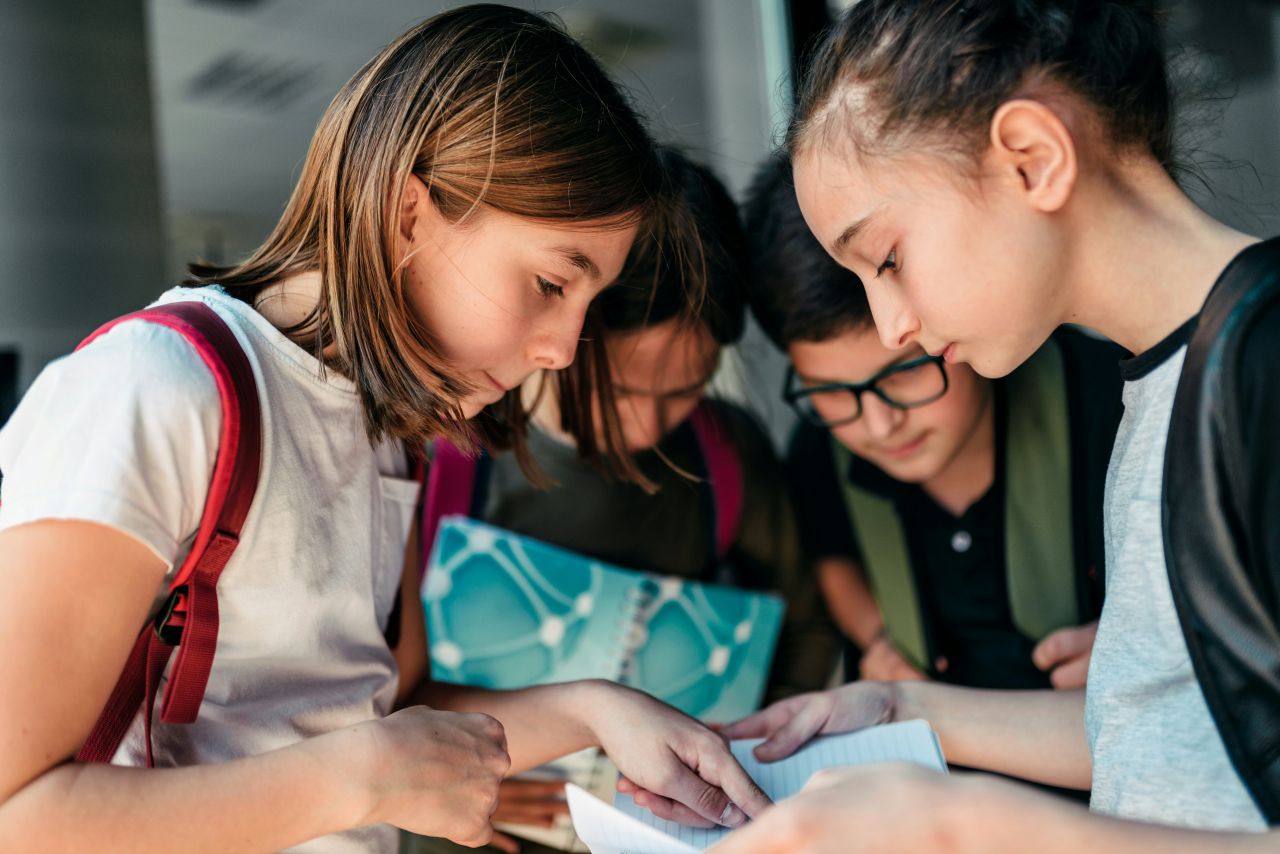What is the WIA?
The Whole Institution Approach for sustainable development supports professionals in embedding sustainability issues in the various domains of their organization.
It not only considers sustainability in the curriculum, pedagogical and didactic approaches, and operational management, but also how sustainability is reflected in the professional development of (educational) professionals and support staff, and how places and organizations around the educational institution can contribute. The Whole Institution Approach can be used for all types of education, from primary school to university, as well as for NGOs and other professional organizations. The image used in the Whole Institution Approach is a flower. The petals represent the organization's domains where change can occur. The heart of the flower is the vision. This is where all the petals connect. This page explains each domain of the Whole Institution Approach in more detail.

Vision
Why and for what purpose do we learn?
At the heart of the Whole Institution Approach is our vision and the question of what we want to achieve with our education. On the one hand, the vision concerns our responsibility as an educational organization towards pupils and students and their development as individuals, citizens, and professionals. On the other hand, it concerns the responsibility we, as an organization, want to take for each other and for the planet, connecting with the societal context of our time.
The vision overlaps with all five petals and therefore covers not only the curriculum but also employment practices, housing, and relationships with local communities. Furthermore, the organization's ethics are also part of the vision. By shaping the educational organization's vision for the future with a broad group of colleagues, pupils and students, and other stakeholders such as parents and local businesses, a shared "dot on the horizon" emerges: an ambition realized together. Such a vision inspires and provides a framework for implementing education for sustainable development. It is essential to review this vision regularly. Sustainability issues are complex, and in our rapidly changing world, new knowledge and insights are constantly emerging. A learning organization can keep a vision alive and adjust it as needed. Go to tools ...
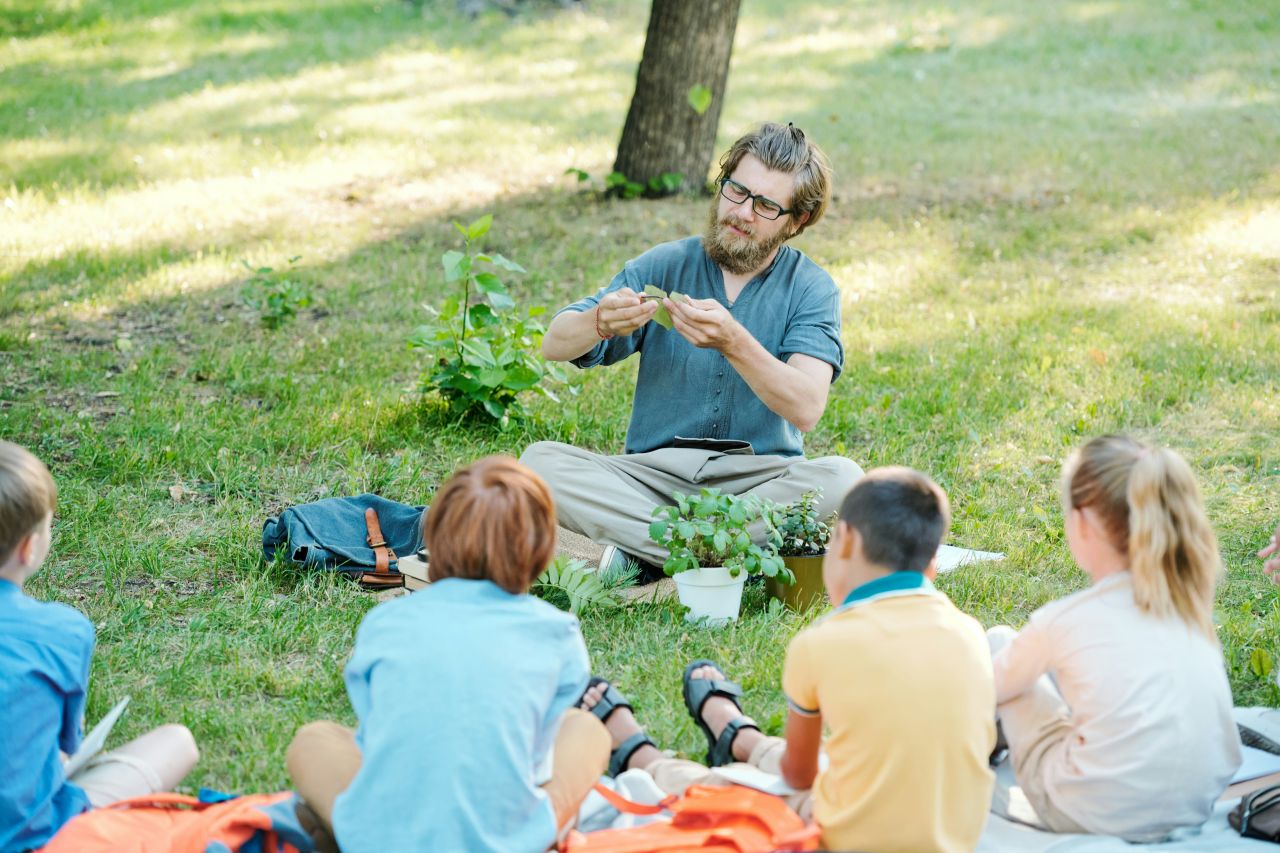

Curriculum
What do we learn?
The petal curriculum revolves around the lessons we offer our pupils and students. The curriculum is based on the nationally established core objectives of the Ministry of Education, Culture and Science. As an educational organization, you have the freedom to shape these yourself. Sustainability issues are complex and interconnected. This requires an integrated approach and the search for solutions from different perspectives. Therefore, it is essential that sustainability is not only addressed in individual lessons or lectures but is reflected throughout the entire curriculum.
Questions you can start to achieve this are: what do we want the content of education to look like, based on our vision? What knowledge and skills do we consider important? But also: what do young people themselves want to learn about sustainability? What is meaningful to them, and how do knowledge and skills connect with their experiences? When developing your curriculum, it is wise to consider how to connect these themes to the Ministry of Education, Culture, and Science's core objectives. At the same time, you must use the free space you have as an educational organization. Go to tools ...
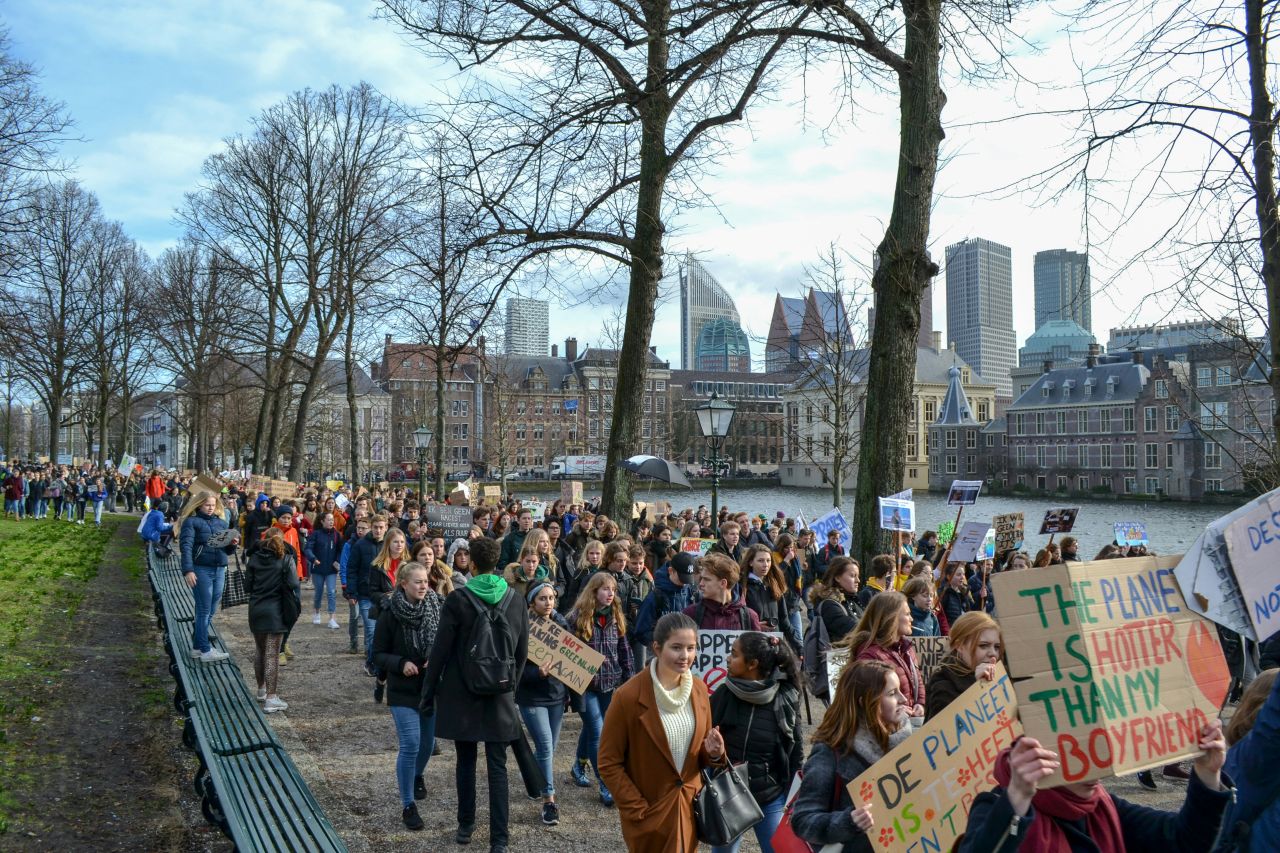

Environment
Who do we learn with?
The environmental petal revolves around collaborating with external parties in the street, neighborhood, municipality, or region surrounding the educational institution's building. Think of parents, neighbors, community initiatives, local businesses, and the city. More people and organizations are engaged in sustainable development. But how exactly we can achieve the transition to a sustainable world is a learning process for everyone. Educational institutions can make a significant contribution to this process.
At every stage, it is valuable for educational organizations to collaborate with their neighbors on sustainability. Suppose a collaborative network of people, organizations, and companies, passionate about sustainability, develops around the educational institution. In that case, students can learn, together with partners from this network, how they can make a difference. If the topic is still new to the educational institution and the surrounding network, it can offer opportunities to inspire each other and exchange knowledge and experiences. Parties from the surrounding area can also call on the school to involve students in solving "real sustainability issues" facing society.
In addition to collaborating with various parties involved in the educational organization, this petal also addresses the interaction with physical spaces in the surrounding area, such as the neighborhood or the nearby park. These spaces can be used to learn about sustainable development. How much greenery is there in this area, and how much gray? Are there many cars? Are there bike paths? How many trash bins are there? And where are the recreational opportunities? Themes such as mobility, climate adaptation, and biodiversity come to life when explored within the physical learning environment of the educational organization. Go to tools ...
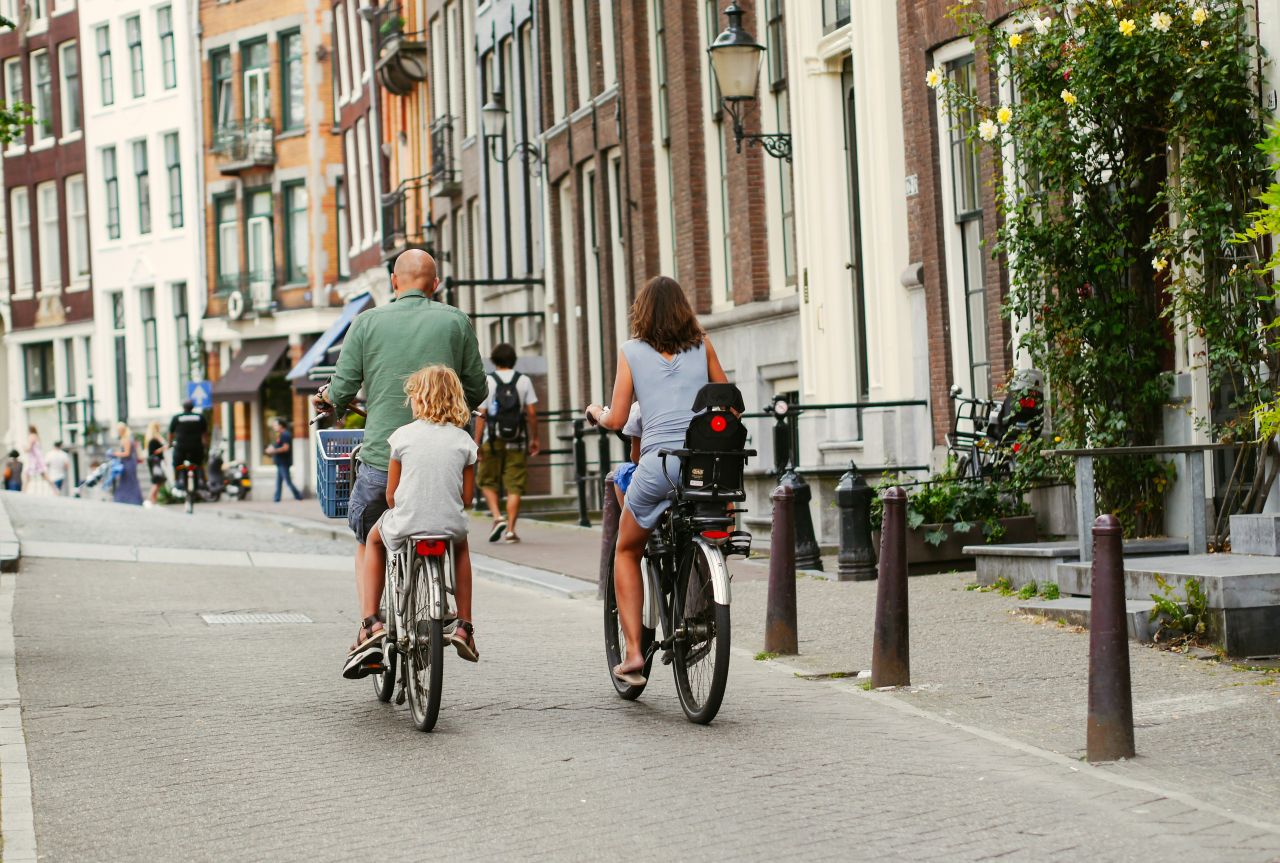

Professional development
Who do we learn from?
he professional development petal revolves around what the employees of the educational organization need to learn to contribute to sustainable development through their work, from janitors to teachers and from policymakers to principals. As an individual teacher or lecturer, you can brush up on your substantive knowledge of sustainability. But it's also important to discuss this with each other as a team and ask questions like: what do we have together? What are different colleagues interested in? And what knowledge and skills do we lack or need?
The educational institution can stimulate discussion about this by putting this topic on the agenda and, for example, incorporating sustainable thinking and acting as a recurring theme during study days or development meetings. In addition, visits to regional businesses or organizations actively working with the circular economy or the Sustainable Development Goals can be very inspiring. Furthermore, numerous webinars and online courses are available that you can participate in individually or as a team.
Finally, it is also up to the HR department to play a role in specific continuing education or training. Sustainable learning, thinking, and doing not only require knowledge of sustainability issues, but also skills such as network building, systems thinking, and developing a certain didactic creativity. Go to tools ...


Building and operations
Where do we learn?
The building and operations petal revolves around the physical learning environment. How can the organization's building and operations contribute to sustainability? How can the building be an inspiring place to learn? What choices, measures, or measurements can you make when it comes to sustainability?
From energy efficiency and the use of sustainable materials to healthy interiors, green schoolyards, and green roofs: the physical space of an educational organization offers opportunities to make the institution more sustainable in various practical ways. Consider the reuse of materials, sustainable construction, energy-neutral operations, or a sustainability assessment in purchasing policy.
An educational organization can be an environment that not only functions sustainably, but also makes this clear to pupils, students, staff, and the surrounding community. Visualizing and explaining the sustainable choices in the building is essential in this regard. For example, consider information signs with images explaining separate waste bins, solar panels, or the green schoolyard, and involve students in making these decisions during class. The building offers pupils and students the opportunity to be actively engaged in maintaining and developing their learning environment. This way, they learn in practice how sustainability works. Go to tools ...
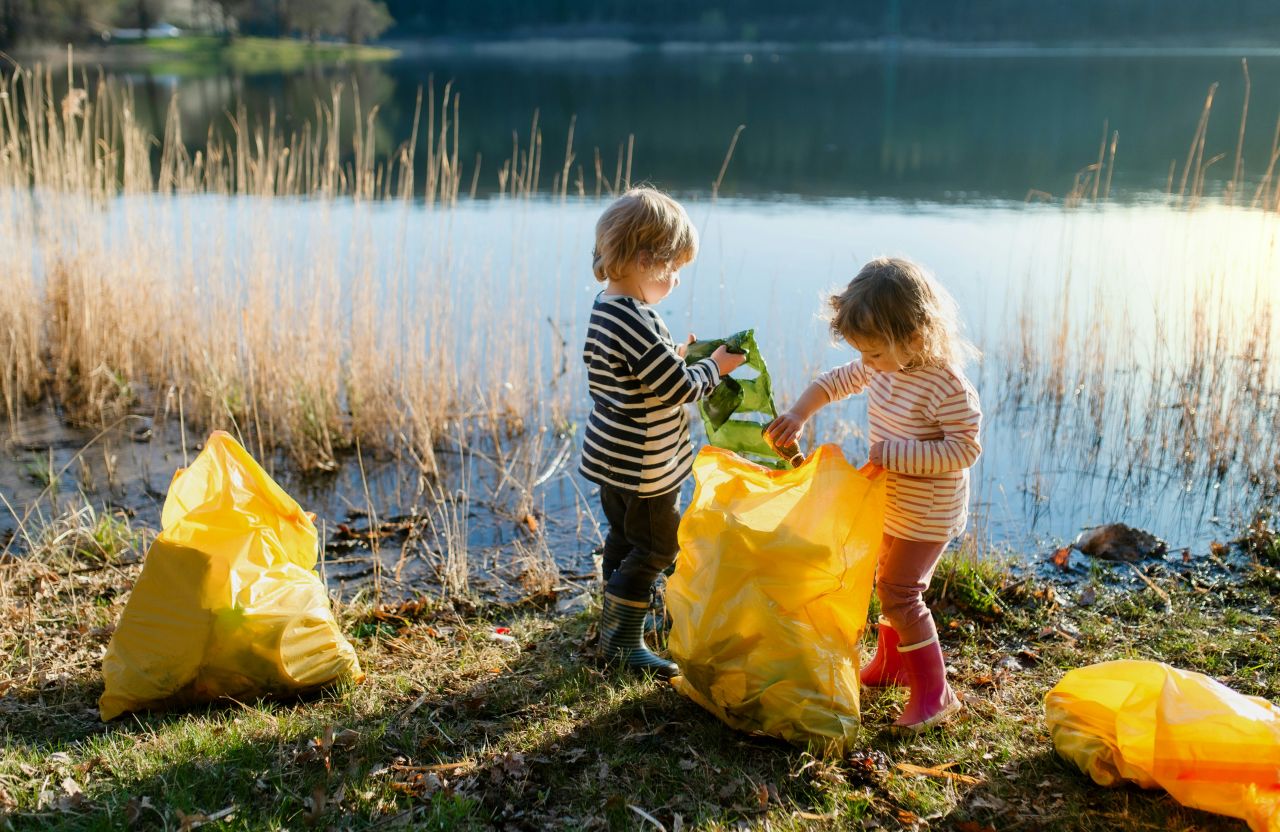

Pedagogy and didactics
How do we learn?
The field of pedagogy and didactics revolves around how teaching methods can contribute to sustainable development. This places a special demand on teachers and lecturers. It is essential to discuss with each other how we view this as individuals and how we can reflect and strengthen each other as a team. These complex times, in which change is occurring at an increasingly rapid pace, demand teaching methods that stimulate and sustain young people's curiosity and motivation. How do you organize this as a school?
Pedagogy is about the relationship between the teacher and the pupils or students. How do you, as an educational professional, contribute to the development of pupils and students as individuals? It's not just about what you teach, but how you do it: with attention, engagement, and the ability to create a safe and meaningful learning environment. Within the context of sustainability issues, this also means approaching pupils and students with an open, curious attitude. Those who teach about a sustainable world must set a good example. Credibility arises when you demonstrate that you act according to the values you convey. At the same time, pedagogical practice also requires dialogue—listening to what students find important, allowing space for their perspectives, and collectively giving meaning to sustainable themes.
Didactics is about how you shape learning: the teaching methods, learning activities, and learning environment you use to engage students in the learning process actively. Considering sustainability issues, this means giving students the space to explore what they find essential and guiding them in developing the skills to act for a sustainable future. Learning for the future requires different pedagogies and competencies than traditional education. Sustainability is not only a substantive theme but also a tool for introducing a new form of learning. Think of inquiry-based and design-based learning, project-based learning, collaborating on real-world issues, and learning beyond the classroom walls. This encourages ownership, critical thinking, and agency—skills that students need in a world in transition. Go to tools ...
